Home> Bearing Technology> Exploring Spherical Roller Bearings in Singapore: Origins, Applications, and Technological Innovations
Exploring Spherical Roller Bearings in Singapore: Origins, Applications, and Technological Innovations
NOVEMBER 02, 2022
Introduction to Spherical Roller Bearings in Singapore
Spherical roller bearings represent a critical component in industrial machinery, renowned for their ability to accommodate high radial and axial loads in various applications. In Singapore, these bearings play a pivotal role across diverse sectors due to their robust design and operational versatility.
Overview of Spherical Roller Bearings
Spherical roller bearings are engineered with a symmetrical roller design, allowing them to operate under heavy loads and misalignment conditions. This design feature enables them to maintain precise alignment even in challenging environments, thereby minimizing wear and extending service life.
Components and Operational Principles
These bearings consist of an inner ring with two raceways, an outer ring with a spherical raceway, and spherical rollers with cage assemblies. The spherical shape of the rollers facilitates smooth rotation and distributes loads evenly, enhancing performance under dynamic conditions.
Significance in Various Industrial Applications
In Singapore, spherical roller bearings find extensive use in industries such as manufacturing, construction, marine, and heavy machinery. They are integral to the efficiency and reliability of equipment used in offshore drilling rigs, port handling equipment, conveyor systems, and automotive applications.
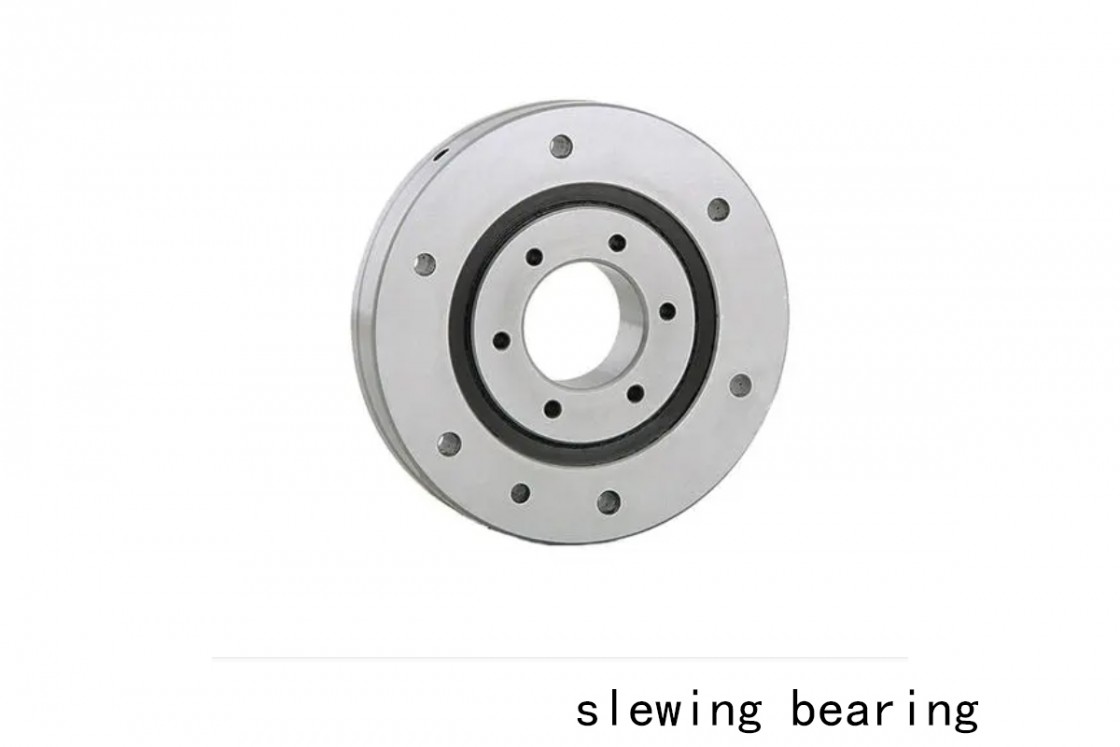
Origins of Spherical Roller Bearings
Historical Development of Spherical Roller Bearings
Spherical roller bearings have evolved significantly since their inception, driven by the need for robust bearings capable of handling heavy loads and misalignment in industrial machinery. The concept of spherical roller bearings traces back to the early 20th century, marked by advancements in metallurgy and bearing design.
Early Adoption in Global and Singaporean Markets
The adoption of spherical roller bearings gained momentum globally as industries recognized their superior performance characteristics. In Singapore, a key hub for maritime and manufacturing industries, these bearings found immediate application due to their reliability in harsh operating environments such as marine and heavy machinery sectors.
Pioneering Companies and Inventors
Several pioneering companies and inventors played crucial roles in the initial designs and innovations of spherical roller bearings. Names like SKF (Svenska Kullagerfabriken), Timken, and FAG (Fischer Aktien-Gesellschaft) contributed significantly to the advancement of bearing technology. Their innovations in materials, design, and manufacturing processes set benchmarks that shaped the modern landscape of spherical roller bearings.
|
Key Innovations and Milestones |
Description |
|
Improvements in Material Science |
Advancements in metallurgy focused on developing high-strength alloys and implementing advanced heat treatment techniques. These innovations significantly enhanced the durability and performance capabilities of spherical roller bearings, making them suitable for handling heavy loads and demanding operational conditions in industries across Singapore. |
|
Design Enhancements |
The evolution from traditional plain bearings to roller bearings with spherical profiles marked a pivotal advancement. Spherical roller bearings offer superior load distribution and alignment capabilities, crucial for mitigating misalignment issues commonly encountered in Singapore's diverse industrial sectors. These design enhancements have bolstered bearing reliability and operational efficiency. |
|
Technological Integration |
Ongoing innovations in cage design and lubrication have played a crucial role in optimizing the performance and longevity of spherical roller bearings. Improved cage designs provide better guidance for rollers, reducing friction and wear. Advanced lubrication techniques ensure consistent lubrication delivery, enhancing bearing efficiency and lifespan in critical applications. |
Singapore's Role in Bearing Innovation
Singapore has emerged as a strategic center for bearing innovation and application, leveraging its position as a global trade and manufacturing hub. Companies based in Singapore have contributed to the ongoing evolution of spherical roller bearings by integrating advanced technologies and meeting the diverse operational demands of industries ranging from logistics and infrastructure to high-tech manufacturing.
Applications Across Singaporean Industries
Spherical roller bearings are integral components in various industries across Singapore, owing to their robust design and versatile capabilities.
|
Industry |
Applications of Spherical Roller Bearings |
|
Manufacturing Sector |
Essential in heavy machinery like conveyors, presses, and industrial robots for smooth production operations. They withstand heavy loads and operate efficiently under diverse conditions, ensuring durability, reliability, and enhanced productivity. |
|
Construction Industry |
Used in cranes, excavators, pile drivers, concrete mixers, and tunnel boring machines to support rotating and oscillating movements, providing stability and load-carrying capacity in demanding construction environments. |
|
Marine Applications |
Employed in ship propulsion systems, deck machinery, and cargo handling equipment due to their resistance to corrosion and ability to perform in saltwater environments. Crucial for ensuring safety and efficiency in maritime operations under rigorous conditions. |
Case Studies:
Manufacturing Plant Efficiency Improvement A manufacturing plant in Singapore upgraded its conveyor systems with advanced spherical roller bearings from SKF. The new bearings reduced frictional losses and improved energy efficiency by 15%, resulting in substantial cost savings over the operational lifetime of the equipment.
Construction Equipment Reliability A construction firm integrated NSK spherical roller bearings into its fleet of excavators and cranes operating on major infrastructure projects in Singapore. The bearings' ability to withstand heavy loads and harsh construction site conditions significantly extended equipment lifespan and reduced maintenance downtime by 20%.
Conclusion:
Spherical roller bearings demonstrate versatility and reliability across Singaporean industries, contributing to enhanced operational efficiency, reduced maintenance costs, and improved safety standards. Their applications span from manufacturing facilities and construction sites to critical marine operations, underscoring their pivotal role in supporting Singapore's industrial infrastructure.

Technological Innovations in Spherical Roller Bearings
Spherical roller bearings have evolved significantly over the years, driven by continuous advancements in design, materials, and manufacturing processes. In Singapore, where environmental conditions and operational demands vary widely across industries, these innovations play a crucial role in enhancing performance and reliability.
Evolution of Design and Engineering Advancements
The journey of spherical roller bearings began with basic designs aimed at reducing friction and supporting heavy loads. Over time, engineers refined these bearings to meet specific challenges posed by Singapore's industrial landscape. Early innovations focused on improving load capacity, reducing noise, and increasing bearing life through better lubrication systems and sealing mechanisms.
As industries in Singapore expanded, so did the demands on bearings. Modern designs incorporate advanced geometric configurations that optimize load distribution and minimize stress concentrations. For instance, the shift from traditional plain bearings to spherical roller bearings with improved cage designs has enabled smoother operation and enhanced durability in diverse applications.
Cutting-Edge Technologies and Materials
Technological advancements have been pivotal in shaping the capabilities of spherical roller bearings. High-performance materials such as advanced steels, ceramics, and polymer composites are now commonplace, offering superior strength, corrosion resistance, and thermal stability. These materials are carefully selected to withstand the harsh environmental conditions prevalent in Singapore, including high humidity and temperature fluctuations.
Moreover, innovations in manufacturing processes have led to tighter tolerances and improved surface finishes, which contribute to reduced friction, lower energy consumption, and extended maintenance intervals. Precision machining techniques ensure optimal alignment and assembly, crucial for maximizing bearing performance under varying operational conditions.
Driving Innovation in Manufacturing Processes
The manufacturing sector in Singapore has embraced automation and digitalization, influencing how spherical roller bearings are produced. Advanced robotics and computer-aided design (CAD) technologies facilitate the creation of complex bearing geometries with micron-level precision. This level of precision is essential for meeting stringent performance requirements across industries such as automotive, aerospace, and heavy machinery.
Furthermore, the integration of smart technologies in bearing monitoring systems allows real-time performance analysis and predictive maintenance. Condition monitoring sensors embedded within bearings provide crucial data on temperature, vibration, and lubrication status, enabling proactive maintenance strategies that minimize downtime and enhance operational efficiency.
In conclusion, technological innovations continue to drive the evolution of spherical roller bearings, making them indispensable components in Singapore's industrial infrastructure. By pushing the boundaries of design, materials science, and manufacturing processes, these bearings not only meet but exceed the demanding requirements of modern industrial applications.
Impact of Spherical Roller Bearings on Singapore's Industrial Efficiency
Spherical roller bearings have revolutionized industrial efficiency in Singapore, offering superior performance and reliability across diverse applications.
|
Feature |
Spherical Roller Bearings |
Traditional Bearings |
|
Load Capacity |
Can withstand high axial and radial loads simultaneously, distributing loads evenly across surfaces. |
Limited load-carrying capacity, more prone to wear under heavy loads. |
|
Operational Conditions |
Designed to operate effectively in harsh environments with extreme pressures and temperatures. |
May struggle with extreme conditions, requiring more frequent maintenance. |
|
Maintenance Intervals |
Longer maintenance intervals due to reduced wear and tear, minimizing downtime in critical operations. |
Shorter intervals due to higher wear rates, leading to more frequent shutdowns for maintenance. |
|
Versatility |
Versatile mounting options suitable for various configurations (vertical, horizontal, oscillating). |
Limited mounting options, often less adaptable to diverse operational needs. |
|
Reliability |
High reliability with consistent performance under diverse operational stresses, ensuring predictable maintenance schedules. |
May exhibit variable performance and require more frequent inspections for reliability. |
Analyzing Industrial Settings
In specific industrial settings within Singapore, spherical roller bearings play pivotal roles. For instance, in the marine sector, where equipment is exposed to corrosive saltwater environments, these bearings' robust construction and corrosion-resistant materials ensure dependable performance in critical applications such as ship propulsion systems and offshore platforms.
Similarly, in the aerospace industry, where precision and reliability are non-negotiable, spherical roller bearings contribute to the safe and efficient operation of aircraft engines and landing gear systems. Their ability to handle high speeds and dynamic loads under extreme conditions underscores their significance in maintaining operational integrity and passenger safety.
Conclusion
Spherical roller bearings have emerged as indispensable components in enhancing Singapore's industrial efficiency. By providing superior performance, reliability, and maintenance advantages over traditional bearings, they continue to drive productivity and innovation across key sectors. As technological advancements in materials and design continue to evolve, these bearings will likely play an even more significant role in shaping the future of industrial efficiency in Singapore.
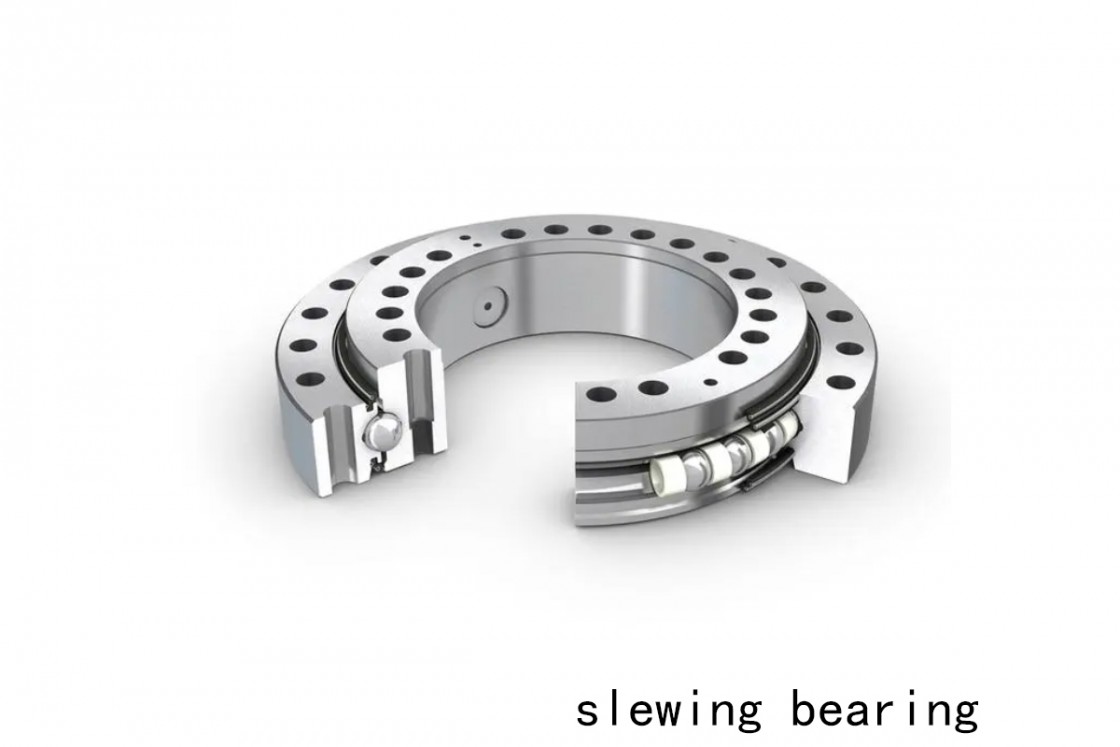
Future Trends and Innovations in Spherical Roller Bearings
As Singapore continues to evolve as a global hub for innovation and technology, the future of spherical roller bearings holds promising advancements and potential applications across various industrial sectors.
Predicted Advancements
The future of spherical roller bearings lies in continual advancements driven by technological innovations. Engineers and researchers are focusing on enhancing bearing materials, designs, and manufacturing processes to meet the increasing demands of modern industries in Singapore. Advancements in metallurgy are expected to introduce new alloys and heat treatment techniques that enhance bearing strength, durability, and resistance to harsh environments.
Additionally, improvements in lubrication systems and sealing technologies will play a crucial role in extending bearing life and reducing maintenance requirements. Integrated sensor technologies may also become more prevalent, enabling real-time monitoring of bearing performance and predictive maintenance strategies. These advancements aim to optimize operational efficiency and reliability across diverse industrial applications.
Emerging Trends Relevant to Singapore
Singapore's strategic focus on sectors such as advanced manufacturing, aerospace, and maritime industries presents significant opportunities for the application of advanced spherical roller bearings. In the aerospace sector, for instance, bearings capable of withstanding extreme temperatures and high speeds are critical for aircraft engines and landing gear systems. Future trends may see the development of lightweight bearings that enhance fuel efficiency without compromising performance.
In the maritime industry, bearings that resist corrosion and perform reliably in saltwater environments are essential for ship propulsion systems and offshore equipment. Emerging trends may include the integration of environmentally friendly lubricants and materials that comply with stringent marine regulations, reflecting Singapore's commitment to sustainability and innovation in maritime operations.
Growth Opportunities for Manufacturers
Manufacturers of spherical roller bearings are poised to capitalize on Singapore's growing demand for high-performance bearings across diverse sectors. By aligning research and development efforts with emerging industrial trends, manufacturers can anticipate demand for specialized bearings tailored to specific applications. For example, bearings designed for robotics and automation systems will see increased demand as Singapore continues to invest in smart manufacturing technologies.
Furthermore, partnerships between bearing manufacturers and research institutions can foster collaborative innovation, leading to breakthroughs in bearing technology that address complex challenges in industrial automation, energy efficiency, and digital connectivity.
Conclusion
The future of spherical roller bearings in Singapore is marked by continuous innovation and adaptation to technological advancements. By anticipating future trends and leveraging opportunities in emerging industrial sectors, manufacturers can position themselves at the forefront of bearing technology innovation. As Singapore remains committed to advancing its industrial capabilities, spherical roller bearings will play a pivotal role in enhancing operational efficiency, reliability, and sustainability across key industries.
FAQs: Common Questions About Slewing Bearings
What are slewing bearings?
Slewing bearings, also known as turntable bearings or slewing rings, are large bearings capable of accommodating axial, radial, and moment loads. They facilitate smooth rotation between structural components, allowing machinery and equipment to pivot or rotate.
What are the main components of slewing bearings?
Slewing bearings typically consist of an inner ring, outer ring, rolling elements (balls or rollers), cages (where applicable), seals, and sometimes gearing mechanisms for applications requiring rotational motion.
What are the key features that make slewing bearings suitable for industrial applications in Singapore?
Slewing bearings are known for their robustness and load-carrying capacity, making them ideal for heavy-duty applications in industries such as construction, manufacturing, and maritime. Their ability to withstand extreme loads, varying speeds, and harsh environmental conditions makes them indispensable in Singapore's industrial landscape.
What are the different types of slewing bearings available?
Slewing bearings come in various designs to suit specific application requirements:
Single-row ball slewing bearings
Double-row ball slewing bearings
Cross roller slewing bearings
Three-row roller slewing bearings
Each type offers distinct advantages in terms of load capacity, stiffness, and rotational precision.
How do slewing bearings contribute to operational efficiency and maintenance practices?
By supporting smooth and precise rotation, slewing bearings minimize frictional resistance and wear, thereby reducing energy consumption and maintenance downtime. Their design features, such as integrated seals and advanced lubrication systems, enhance reliability and extend operational life.
What are the common applications of slewing bearings in Singapore?
Slewing bearings find extensive use in various industrial sectors in Singapore:
Construction: Cranes, excavators, and pile drivers.
Manufacturing: Robotics, conveyors, and heavy machinery.
Maritime: Ship propulsion systems, deck machinery, and offshore equipment.
How can manufacturers ensure optimal performance and longevity of slewing bearings?
Regular inspection, proper lubrication, and adherence to recommended maintenance schedules are crucial for maximizing the performance and longevity of slewing bearings. Monitoring operational conditions and promptly addressing any signs of wear or fatigue can prevent costly breakdowns and ensure continuous operational efficiency.
What are the future trends in slewing bearing technology relevant to Singapore?
Future advancements may focus on integrating smart sensors for condition monitoring, developing eco-friendly lubricants, and enhancing bearing materials to meet stringent environmental regulations. These innovations aim to further improve reliability, efficiency, and sustainability across industrial applications in Singapore
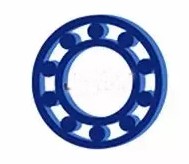

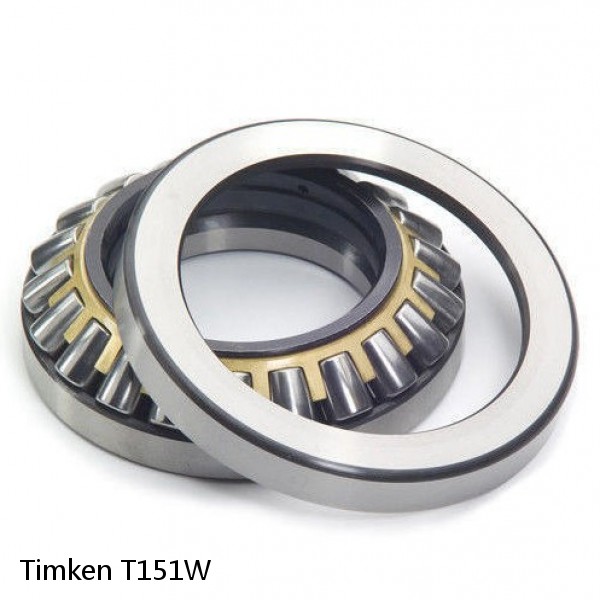 T151W Timken Thrust Roller Bearings
T151W Timken Thrust Roller Bearings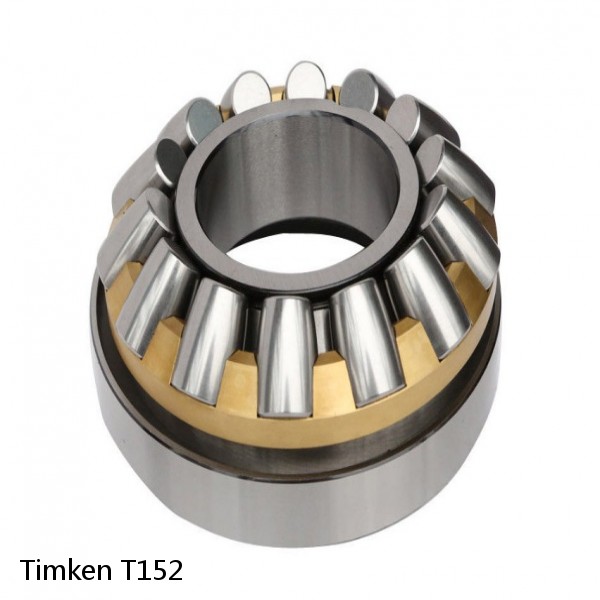 T152 Timken Thrust Roller Bearings
T152 Timken Thrust Roller Bearings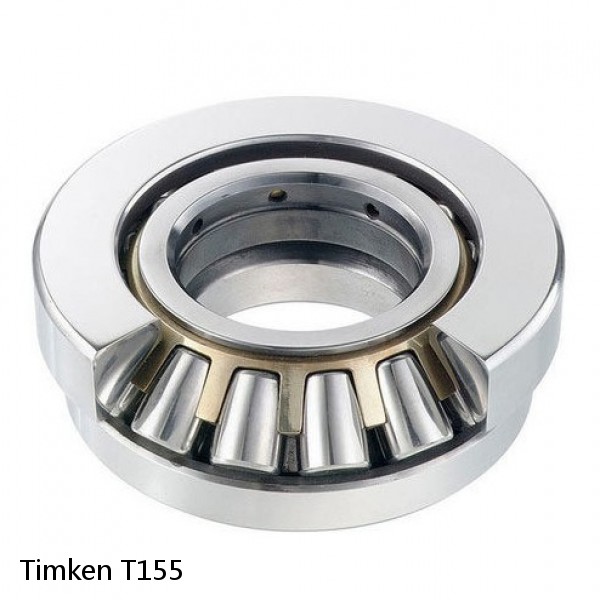 T155 Timken Thrust Roller Bearings
T155 Timken Thrust Roller Bearings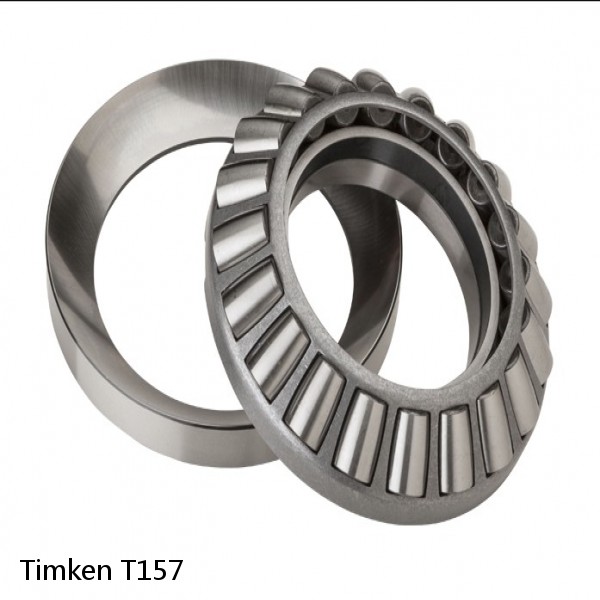 T157 Timken Thrust Roller Bearings
T157 Timken Thrust Roller Bearings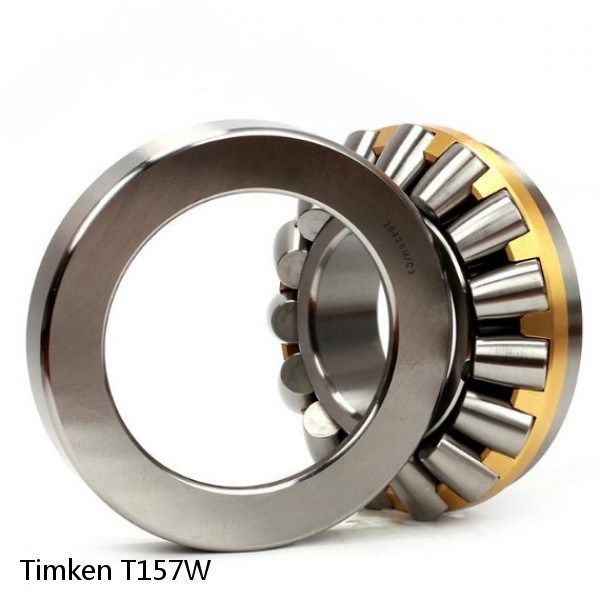 T157W Timken Thrust Roller Bearings
T157W Timken Thrust Roller Bearings